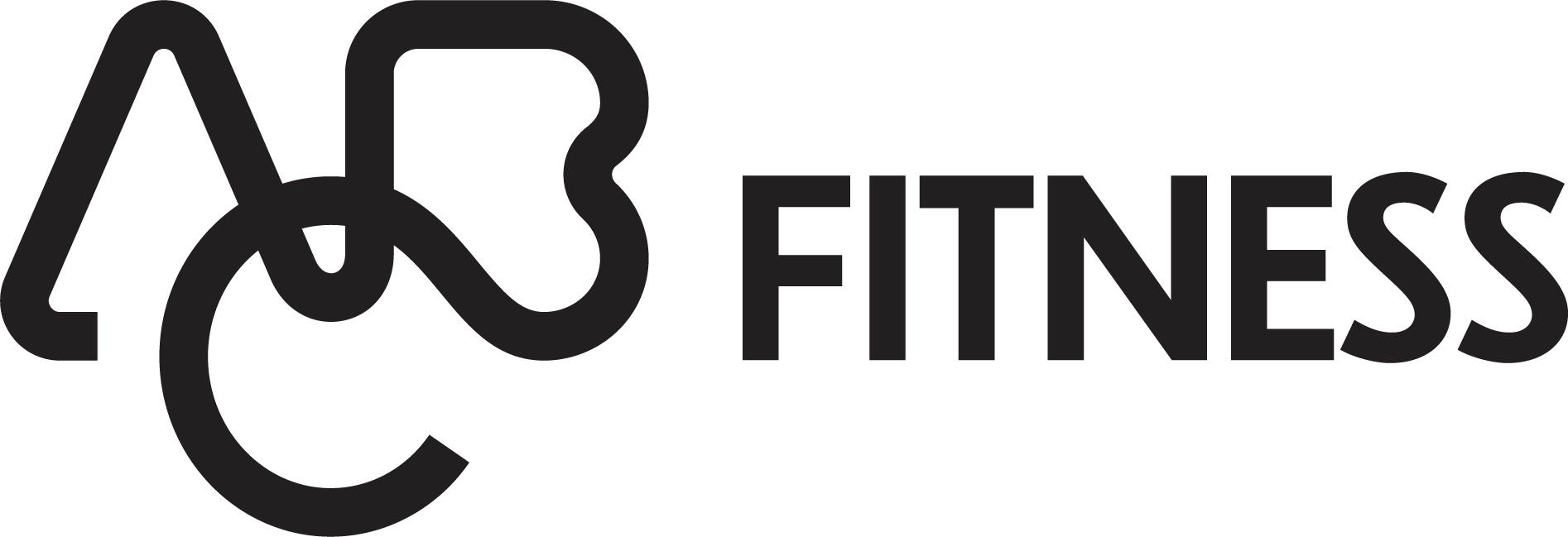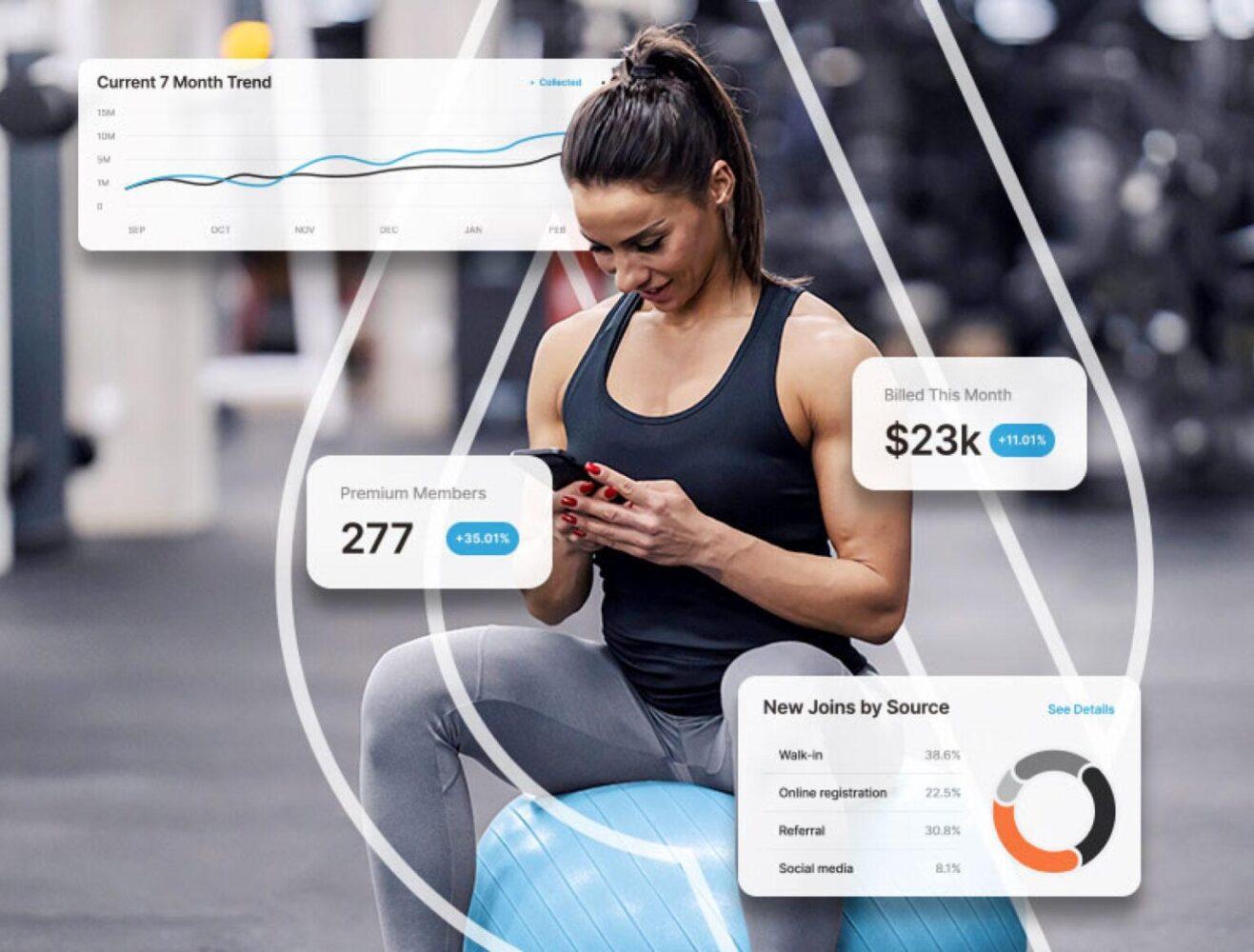Best-In-Class Reporting Software for Gyms
Companies that leverage advanced insights “outpace their competition and deliver better growth” by up to 20% compared to firms that are less mature with analytics, according to Forrester’s 2022 research. The gym and fitness market is no different.
Reporting software for gyms provide analytics and track key metrics to better be able to see trends that can help operators identify areas of risk as well as spot new opportunities. With the power of data, these clubs are able to increase growth and run more profitable businesses.
But streamlining the process of gathering and analyzing data can be a challenge. On average, club operators spend 1.5 hours per day collecting and analyzing data from several disparate sources.
Here are some key metrics that savvy owners and operators are looking for:
- How are memberships trending? How do joins compare to churn?
- What are my collection rates? How are late payments and cancellations impacting cash flow?
- Are the demographics of the club changing? Does it require me to modify our services?
- Who visits the clubs? How often do they visit?
- When is my club the busiest so I can make appropriate staffing decisions?
- How engaged is my member base? How many additional services do they buy?
Leveraging a robust reporting tool to centralize and streamline data collection and analytics can help you quickly answer critical business questions while saving you and your staff precious time.
1. Connect Every Metric in Your Club
Important metrics for any gym or fitness center to track include leads, conversion rates, retention rates, length of membership, member usage, customer satisfaction, gross profit margin, member lifetime value – to name just a few. Connecting your key club metrics can help you analyze all your club’s data and generate reports, with real-time data, to better understand the state of your business and make more informed decisions like planning for future growth.
Deuce Robertson, Owner of 4:13 Fitness explains that the IGNITE platform “paints a picture for me on what’s going on and what’s needed.” He notes the importance of financial data in his growth planning: “I wouldn’t have done the new Mall gym or the Raleigh gym if I didn’t know the numbers. Having the numbers gave me the confidence that I could handle the investment.”
2. Manage Your Club’s Investments, Costs, and Profits
When you have a robust set of metrics at your fingertips, you can make better decisions about club operations and expansions. You can spot trends around your membership growth and churn, sales efficiency, and operations, which can help you identify both opportunities and risks in your business.
Having insight into gym members’ activity and behaviors, such as which services they utilize and which new services they are most likely to buy is another key input to the financial health of your operation.
“There’s just such a wealth of information that I can kind of pull stuff from different reports and build my own reports that make sense for me to operate 10 Fitness and all the different profit centers we have,” says Andrew Cheffins, COO, 10 Fitness.
3. Benchmark Against Other Similar Clubs
A standard set of reports and KPIs can also help you compare and benchmark across your gym locations as well as benchmark against the industry. This type of performance benchmarking makes it possible for fitness center owners to identify areas for potential improvement as well as identify best practices to build a path toward those improvements.
Running your gym operations is tough enough without the daily grind of having to pull together membership, utilization, and financial data. With a centralized and streamlined reporting software built for gyms, you can gain time back while also improving the efficiency and profitability of your business.


